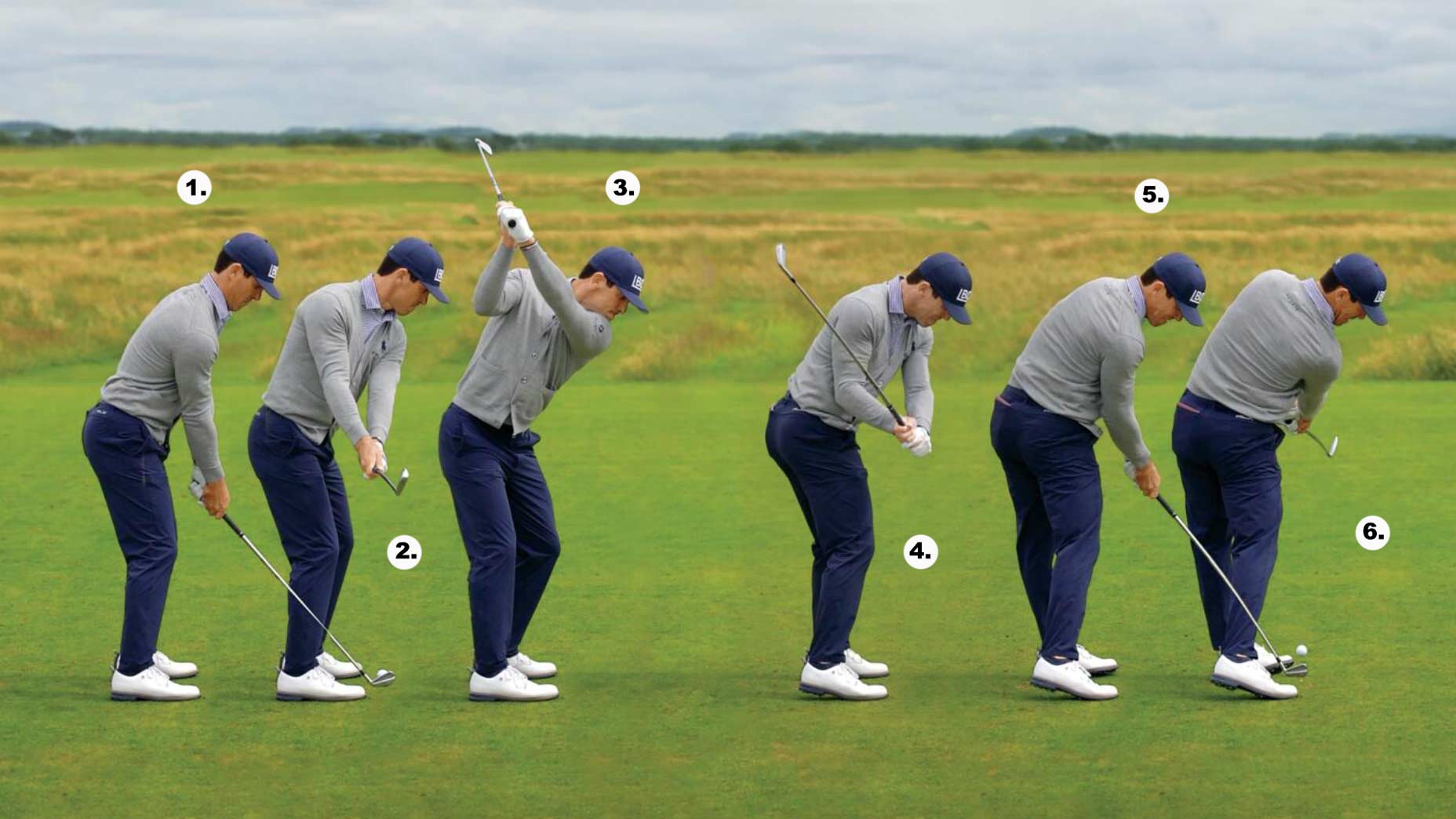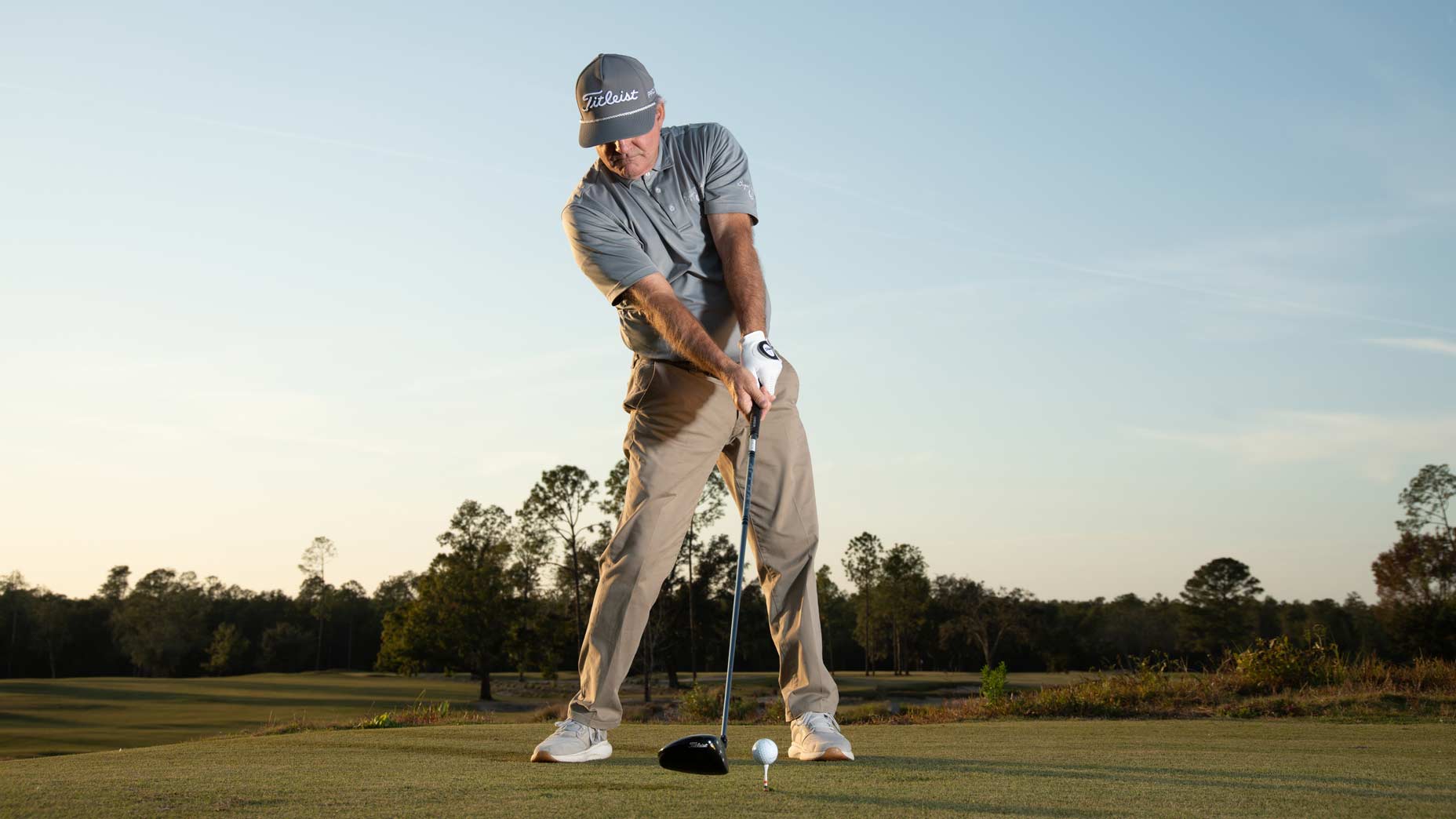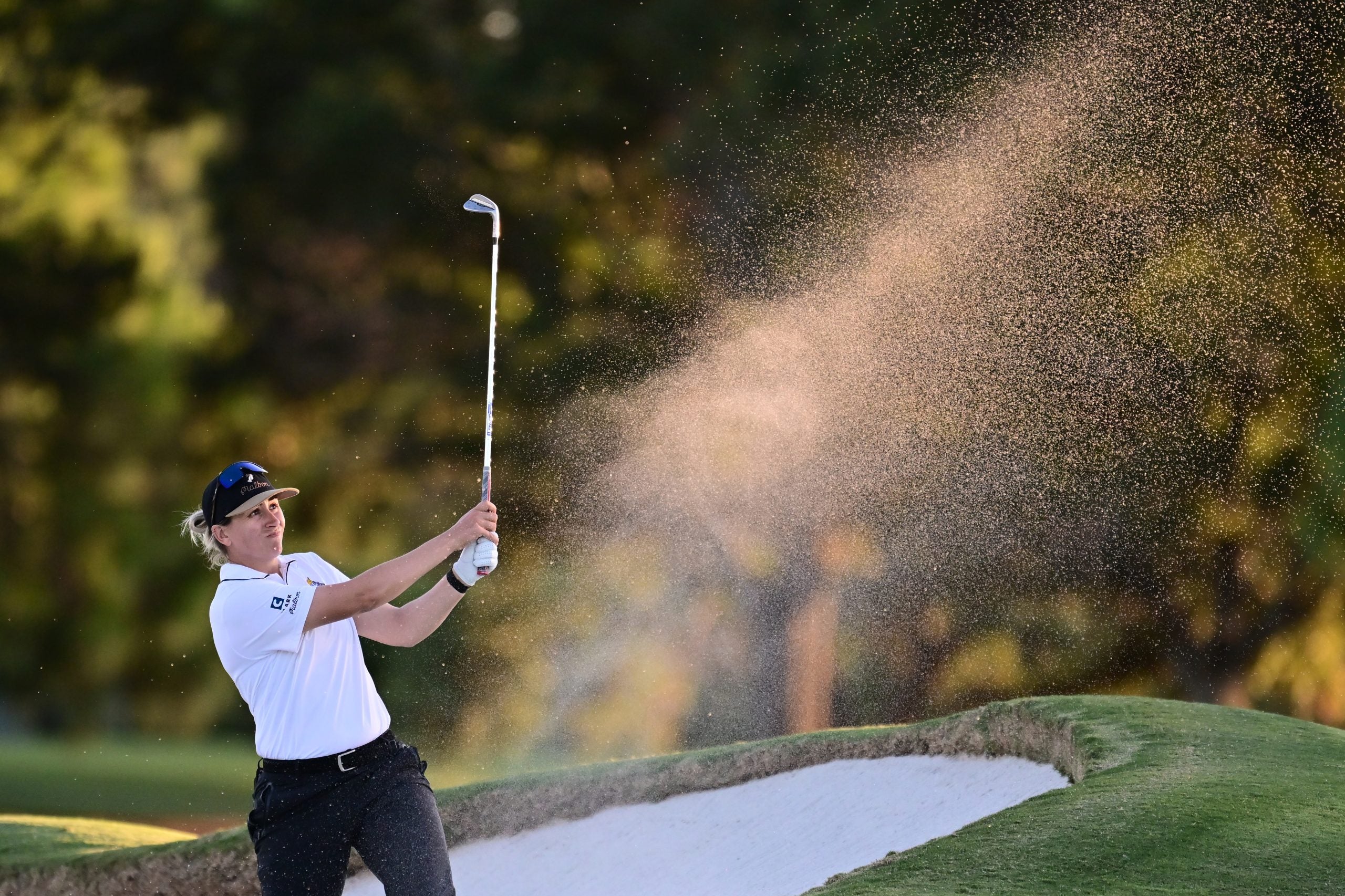Welcome to Golfer-to-Golfer, where we try to learn from all different kinds of avid players out there, in hopes that the rest of us can take away something that might improve our own games.
Every single round of golf presents something new to a player; even if they play the exact same course as the day prior.
For instance, the pin placement may be front center on a green today, whereas tomorrow it will be back left. On paper, that doesn’t seem like much of a difference, but as any golfer knows, it makes the approach to that hole completely different. From deciding what clubs to use to factoring in uncontrollable issues like weather, adjustments must be made.
How knowing your yardages can help you navigate three classic risk-reward scenariosBy: Evan Rothman
How a player handles these golf scenarios will make a difference on the scorecard. Those who adapt will shoot lower, while those who don’t will often shoot higher.
It’s the person who limits mistakes who comes out on top — even if they aren’t as physically gifted as the competition — so even the smallest decisions can end up making or breaking a round.
In today’s Golfer-to-Golfer, we wanted to see how players of different skill levels handle the same scenario. So we asked our two instruction editors, Zephyr Melton and Nick Dimengo, along with LPGA pro Rose Zhang, to share their thoughts.
Melton is a 5-handicap, who has played golf for 15 years. Dimengo, a 13-handicap, has played golf for 26 years. And Zhang’s accomplishments are well-documented, as she’s been a dominant force since she was a junior player.
So how do the three players differ when it comes to the same golf scenarios? Check out what they told us below.
How do you deal with nerves when there’s a crowd watching?
Dimengo: “When it comes to everything other than golf, I love a crowd. Unfortunately, when there’s an extra set of eyeballs watching me on the course, I tense up and try to be a perfectionist out there. I have difficultly just sticking to my game, and, rather than outsmart my competition, I find myself trying to out-muscle them. I overswing and speed everything up, which ends incredibly poorly.”
Melton: “Whether it’s playing in a pro-am, or teeing off in front of a rowdy bunch sitting on the patio, having a bunch of eyes on you is never easy. The crowd-factor used to rattle me quite a bit, but as I’ve gotten older it’s become easier to deal with. I just try to take deep breaths, empty the thoughts from my head and accept the results — no matter if it’s a bomb down the middle or a top directly in front of me.”
Zhang: “It does change a lot of how I play just because you have people just randomly shouting at and you randomly cheering you on. It’s great and all, but definitely something that I’ve never been used to or been accustomed to. I’m just really lucky that [crowds] are out here and having a good time.”
What do you do if you hit a shank mid-round
Dimengo: “I tend to have a short memory for things like shanks, so I can actually recover quite quickly. Sure, I’ll curse like a sailor and maybe slam my club into the ground immediately after a bad shot — but it’s mainly because the expectations for myself are high, and I know I can do better. I just walk to my ball and take a deep breath, regaining my composure and resetting my routine for the next shot. It helps me avoid spiraling out of control and having one bad shot turn into two or three bad ones.”
Melton: “Hitting a shank is extremely unnerving. I’ve hit my fair share of hosel rockets and bouncing back is never easy. When I do hit a shank, I always try to make a corrective swing the next time. I’ll line up my club off the toe and keep my weight on my heels. Usually, this results in a shot that finds the clubface and allows me to breathe easy knowing the ailment isn’t chronic.”
Zhang: “Well it doesn’t happen often to me. I guess you just have to laugh it off?”
How do you bounce back after carding a big number?
Dimengo: “Lately, not good. A goal of mine is to break 80 for the first time by the end of summer, so when I card a big number, I sort of have a mini freakout and start doing math to see how many strokes I need to average on the remaining holes to accomplish my goal. Sometimes I turn it around and right the ship. Unfortunately, and more oftentimes than not, I’m deep in my own head and can’t recover for a few shots on the succeeding hole.”
Melton: “I usually let myself run hot while I walk from the green to the next tee box to blow off the steam, and then I do some self-talk. I use the bad number as a chip on my shoulder and try to light a fire under myself for the rest of the round.”
Zhang: “All you can think about is the next tee shot and the next approach shot that you hit. For me, that’s all I can think about. So that’s how I try to minimize the momentum from shifting too much. In general, just large numbers, you really have to keep steady following that. Have a good mindset into every hole and shake it off as soon as possible.”













